Exciting and all-encompassing adventures across Hong Kong await everyone who wants to visit! Armed with a list of freshly curated experiences, the city is now ready to be explored! From new attractions to lesser-known outdoor beauty to a brand new arts and culture district, Hong Kong is calling and you won’t want to be left out!
Hong Kong has always been close to the heart of travelers, here’s a list of various new developments in the city in over the last 3 years so that we can start preparing our new travel bucket list highlighting the city’s undiscovered gems and everything that Hong Kong is famous for.
Immerse in its unique Arts and Culture
M+
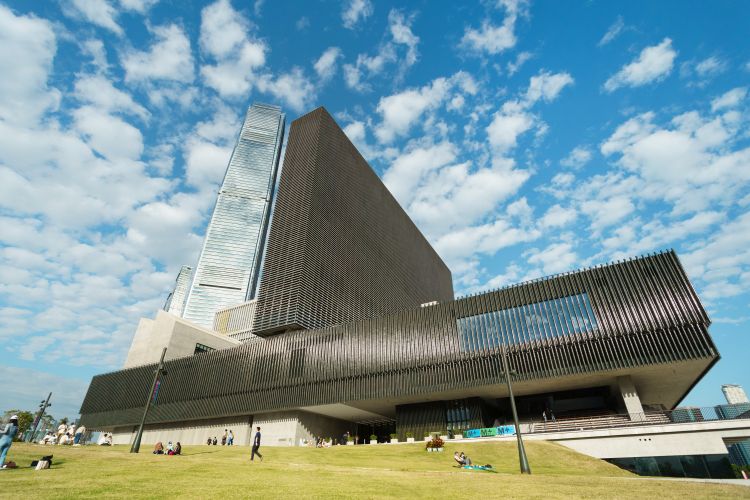
Highly anticipated by art lovers, M+ opened in the heart of the West Kowloon Cultural District in Nov 2021 and is one of the largest museums of modern and contemporary visual culture in the world. It exhibits twentieth and twenty-first century visual culture encompassing visual art, design and architecture, and moving image.
Located at the southernmost edge of Kowloon overlooking Victoria Harbour, the M+ facade with its huge LED that can be seen across the harbour, has now formed the new harbour skyline that can be viewed from Hong Kong Island. It is among Hong Kong’s most iconic landmarks, both monumental in its architectural form and radically open in its position in the urban landscape.
HK Palace Museum
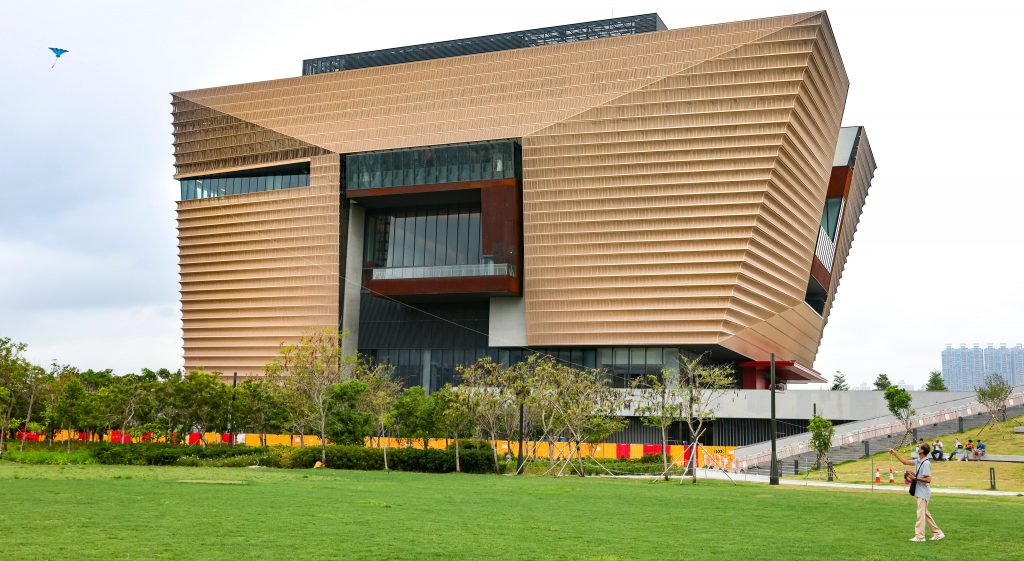
The latest addition to Hong Kong’s vibrant arts and culture scene, the Hong Kong Palace Museum (HKPM) opened its doors to much fanfare on 3 July 2022. HKPM presents over 900 priceless treasures from the Palace Museum Beijing. Many of them are on display in Hong Kong for the first time, while others have never been shown to the public before. The Museum regularly presents special exhibitions featuring Chinese art and culture, as well as art and treasures from other parts of the world.
The Hong Kong Palace Museum offers a Hong Kong perspective and a global vision, presenting the finest objects from the Palace Museum and other important cultural institutions around the world. Through innovative research and travelling exhibitions, as well as educational, cultural, and professional exchange programmes, the Museum will build international partnerships and help position Hong Kong as a hub for art and cultural exchanges between China and the rest of the world.
Xiqu Centre

Xiqu Centre is a world-class performance venue promoting Chinese traditional theatre, Cantonese opera and regional forms of xiqu.
Established with the goal of preserving, promoting and developing the heritage art of Chinese opera, the Xiqu Centre presents performances from Hong Kong, mainland China and around the world. Catering for seasoned fans and newcomers alike, Xiqu Centre showcases award-winning troupes, master artists and emerging talent, and offer large-scale classic dramas, rare regional productions and experimental contemporary creations.
It also presents a specially-curated introduction to Cantonese opera, Tea House Theatre Experience – performed by the centre’s resident troupe of emerging local artists – the Tea House Rising Stars Troupe – as well as film screenings, music performances and a range of related educational activities.
West Kowloon Art Park
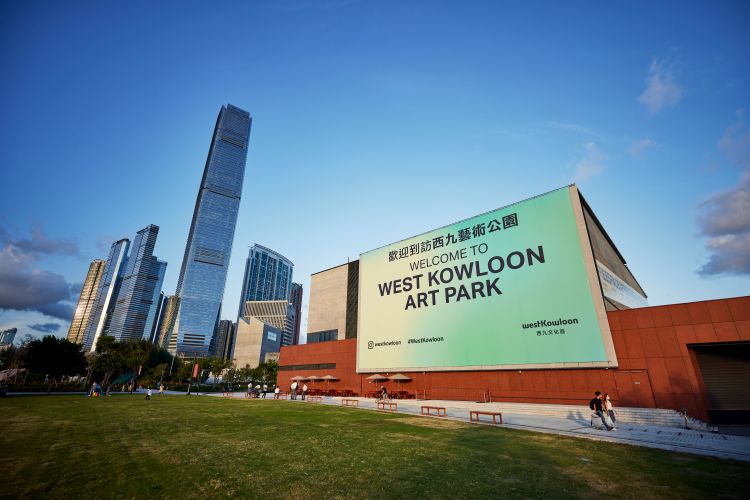
The Art Park is a stunning urban oasis located West Kowloon Cultural District. The sprawling waterfront promenade offers probably the most mesmerising vistas of Victoria Harbour and the Hong Kong Island skyline. Manicured open lawns and landscaped green spaces along the promenade in the pet-friendly Art Park are ideal not only for recreation and relaxation, but also open-air performances, exhibitions and events. A diverse range of dining venues dot the promenade, delivering refreshing cuisines and experiences, from fine-dining to bistros and cosy cafés.
Experience the Great outdoors
Tuen Mun to Sha Tin / Ma On Shan Route
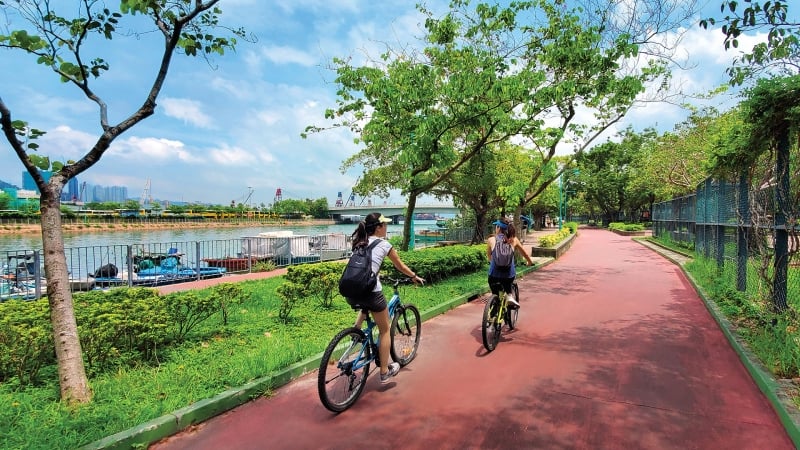
The 60km New Territories “Super Bike Track” cycling track connects Tuen Mun and Ma On Shan in the New Territories. The 11km middle section of the track connecting Yuen Long to Sheung Shui opened in September 2020, completing the longest cycling route in Hong Kong.
The 6 hour route takes the cyclist through ecological beauties of wetlands, parks and mountains and offers diverse cultural history as it passes ancient temples, historic buildings and monuments.
Cycling on Cheung Chau
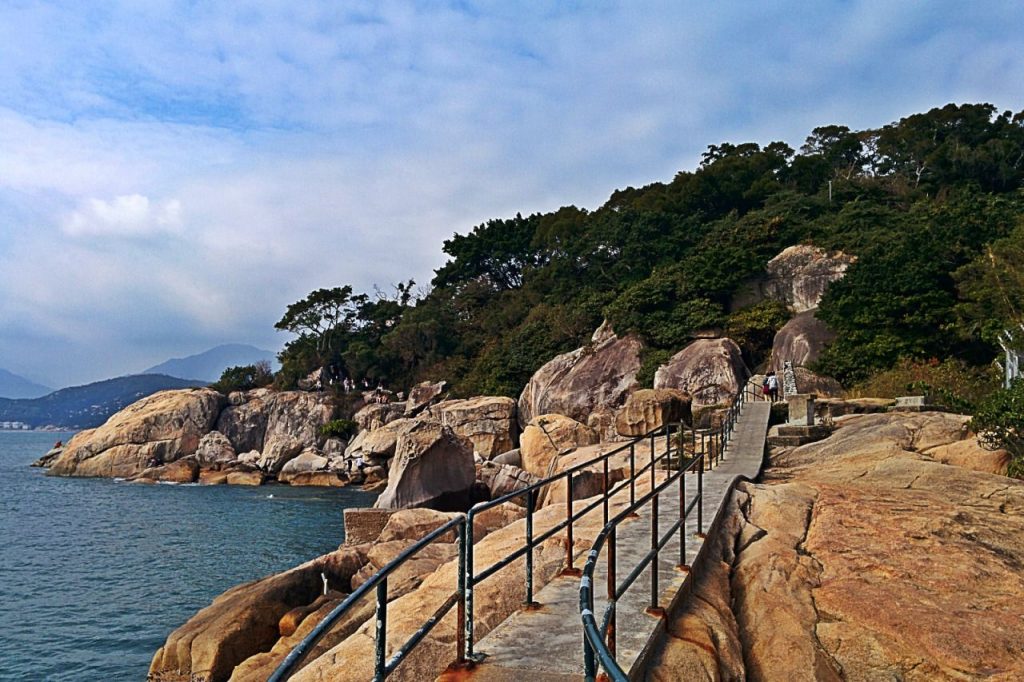
Most of Hong Kong’s offshore islands are car-free and the best way to explore the islands is by bicycle. Take a leisurely ride around Cheung Chau and discover why this is one of the most beloved islands in Hong Kong.
Visit the Pak Tai temple (one of the oldest Taoist temple in Hong Kong) on Buddha’s birthday and witness the exciting traditional Cheung Chau Bun Festival where contestants race to the top of three “lucky bun” bun towers.
Although the island was previously known for seafood restaurants and village life, in recent years, many younger people wanting a slower pace of life have moved to call the island home. New hipster, contemporary, Instagrammable cafes and retail shops now dot the streets alongside centuries-old family owned establishments like Kwok Kam Kee, the island’s oldest lucky buns bakery.
After exploring the villages, cycle to the sandy white beaches to enjoy panoramic ocean views.
SAI KUNG
Water and Outdoor Activities
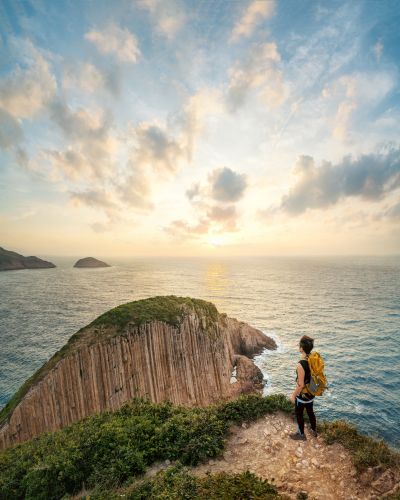
Hong Kong is so much more than just a concrete jungle, and the UNESCO GeoPark in Sai Kung is arguably the perfect example of this. Featuring exquisite volcanic rock formations and some of the clearest waters in Hong Kong, the GeoPark is the perfect retreat for kayaking and Stand-Up Paddle (SUP) to escape from the hustle and bustle of the city. The hilly terrains around the Sai Kung region make an excellent spot for Paragliding. Paragliders and activity centres congregate at Sai Kung Country Park and Ma On Shan in the vicinity.
UNESCO Global Geopark
Located in the eastern part of Hong Kong, the Hong Kong UNESCO Global Geopark comprises two geological regions within its single, unified boundary: the Sai Kung Volcanic Rock Region and the Northeast New Territories Sedimentary Rock Region. Two separate clusters of islands and islets, Ung Kong Group and Ninepin Group, featuring globally rare hexagonal rock columns — Formed as the mixture of volcanic ash and lava cooled following a supervolcano eruption 140 million years ago — lie within the Geopark’s Sai Kung Volcanic Rock Region in Hong Kong’s southeastern waters, and they are not to be missed.
Yim Tin Tsai
Did you know that Hong Kong once had a salt producing village that was abandoned in the 1990s? “Yim Tin Tsai”, which translates to ‘small saltpan’ in Cantonese, is an area where Hakka settlers developed salt farms on the island and made their living from its sale. The saltpans were used to dry out the salt before it was used as a prime trading good. However, with international competition, Hakka villagers were eventually priced out of the global market.
Today, the saltpans have been restored and are fully functioning, making it a prominent site for day trippers. The revitalised saltpans are for demonstration purposes only, but the finished product can be taken home as souvenirs by its visitors. In 2015, the historic saltpans earned a UNESCO Asia-Pacific for Cultural Heritage Conservation.
Peng Chau
Once a sleepy island, Peng Chau, which literally means flat island – has been revitalized with the new arts enclave on the island. It’s hard to believe that this small island was once a commercial hub, housing factories and small businesses within the island, and was a thriving trading town during the Qing dynasty. Just a short boat ride away from the Central Ferry Pier, Peng Chau is the perfect idyllic island where you can explore historical treasures along with arts spaces, hipster cafes to dine at and quaint little shops to shop for knick-knacks.
SHA TAU KOK
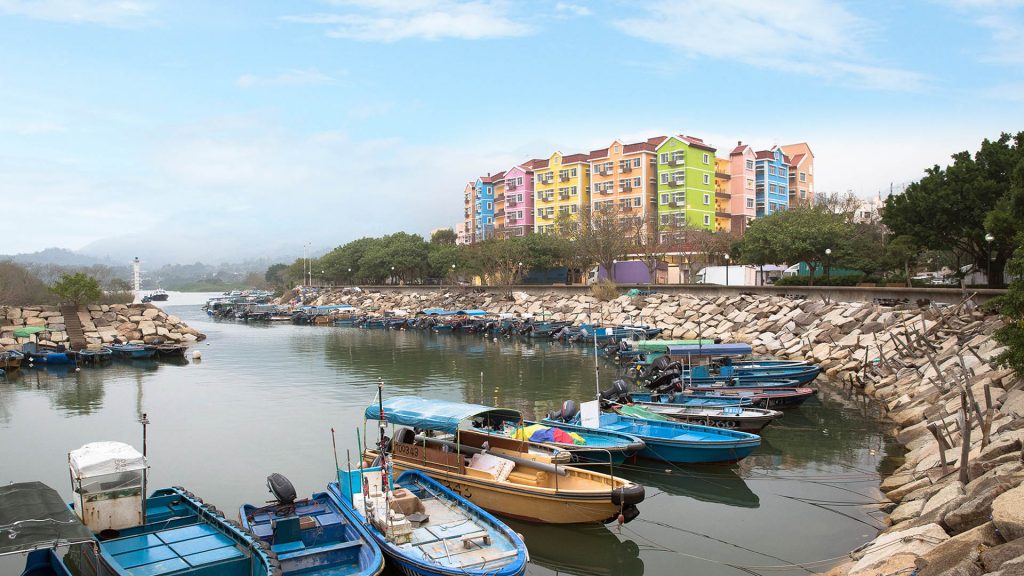
Being right next to Shenzhen’s Yantian district, Sha Tau Kok was once a closed border town which required a permit and a guarantee from a local resident to visit. It has since gradually reopened and the redeveloped Sha Tau Kok pier started operations in June 2022. Built in the 1960s, the pier is the longest pier in the city and visitors can take a ferry ride to explore Lai Chi Wo, Kat O and Ap Chau nearby.
Lai Chi Wo
The enchanting village of Lai Chi Wo is one of Hong Kong’s oldest, largest and best-preserved rural settlements near the New Territories’ northeast coast. The 300-year-old Hakka village is home to 211 hillside homes flanked by the ‘feng shui’ woods and mangrove forest, home to many species of mammals and butterflies.
Kat O and Ap Chau
Just a thirty-minute boat ride away, the tiny Ap Chau and larger neighbour Kat O islands are part of the Hong Kong UNESCO Global Geopark. Ap Chau – “Duck Island” in Cantonese – got its name from the island’s shape which resembles a duck when viewed from the north. Best known for its spectacular, Instagram-friendly ochre-coloured rock formations, including one shaped like a duck’s head with a sea arch forming its ‘eye’, the small island can be explored in under an hour and visitors can hop back onto the boat to the “Crooked Island” of Kat O.
Larger in size, Kat O, a former fishing village, can be explored on foot in approximately four hours. Take a leisurely hike around the island to admire the view from the lookout at Ko Tei Teng which offers views of distant vistas of Yantian, Shenzhen and other regions in the north. Stop by Kat O Tin Hau temple, which was built during the Qing dynasty in 1763 to honour Tin Hau, the ‘Goddess of the Sea’, who protects sailors and fishermen. The view. The temple was listed as a Grade III historic building in 2010. Before you leave, stroll down Kat O’s main street to taste local favourites like Hakka-style braised pork, traditional hand-rolled squid balls etc. Both islands have a “Story Room” that offers visitors backgrounds of the island’s geographical features and history of the area.
- Google to Use DHL Express GoGreen Plus Service - July 27, 2024
- Taiwan at the Forefront of Green Economy - July 26, 2024
- Discover Tohoku in the Summer - July 25, 2024







